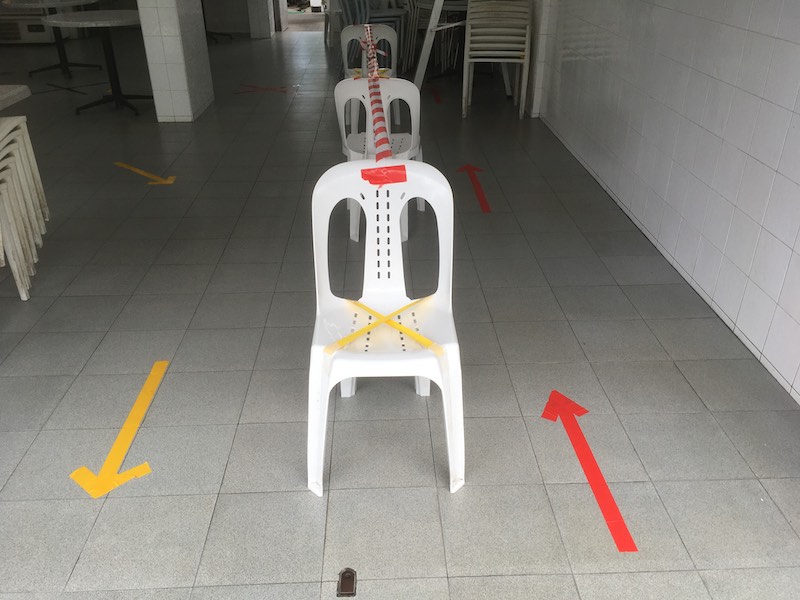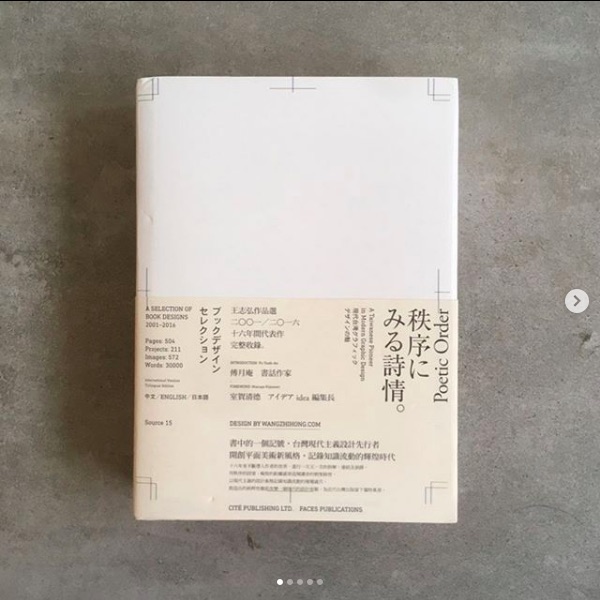 I’m typing this essay on a laptop in need of repair. The battery lasts for no more than two hours. The speakers go silent after hours of use. But aside from these defects, the laptop still works as when I first bought it eight years ago.
I’m typing this essay on a laptop in need of repair. The battery lasts for no more than two hours. The speakers go silent after hours of use. But aside from these defects, the laptop still works as when I first bought it eight years ago.
All of us have something broken in our lives. Tucked away in a drawer. Collecting dust in the storeroom. Or like in the case of my laptop, faulty but still functioning. For various reasons—from the practical to the environmental and sentimental—we have hung on to these damaged goods instead of simply throwing them out.
➜ Read the full essay in R for Repair (2020) available from Temporary Press

